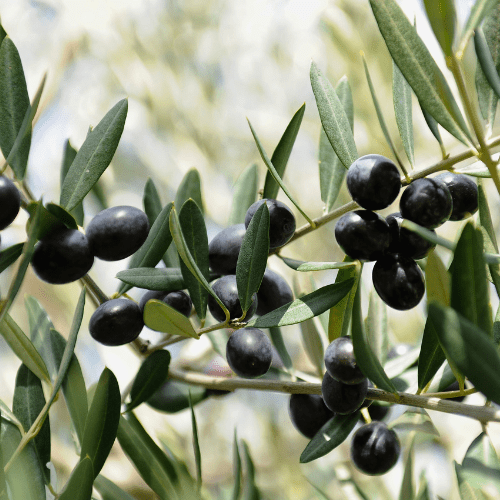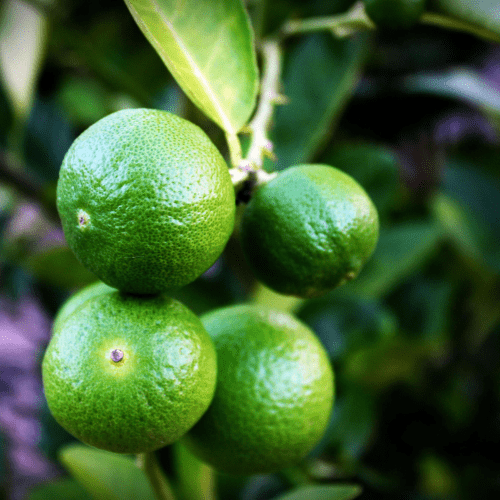Position
The White Genoa Fig is a self-fertile tree that thrives in full or half-day sunshine, i.e., five to six hours of sun daily. Still, remember that they don’t do well in hot conditions.
Size
When mature, this tree reaches a height of between 3 and 4.5 mts. However, many gardeners prune them to be a little shorter. They have a slightly wider spread than most trees.
Soil Type
The white Genoa fig tree’s roots need good air movement around them, so use sandy or loamy soil that drains well. A neutral to alkaline pH is the best soil for this tree and will yield the best results.
Mulch
Apply organic mulch to your nectarine tree all year round.
Use from 2 to 5 centimetres of pine bark mulch to protect the roots from UV damage and drying out. It retains moisture, and maintains an optimal pH. Do not let the mulch touch the plant stem, as it may cause infection or rot.
Fertilising
Apply our slow-release all-plant fertiliser. Apply 1 teaspoon every 4-5 months. The roots will absorb what they need.
Alternatively, apply a balanced fertiliser (such as 10-10-10) in early spring before new growth begins. Thereafter fertilise annually in early spring.
Watering
Generally, fig trees need about 2.5 to 4 cms of water a week. During the cooler months, the white Genoa fig tree should not require much watering unless the soil has completely dried. During the hot, dry season, water them once a week. If the leaves start turning yellow, this is a sign that they require more water.
Pruning
The best time to prune your fig tree is during winter when the tree is not actively growing. Cut off unwieldy branches or those that have become too long for your space.
Harvesting
The white Genoa fig tree bears fruit in early summer and again in late summer / early autumn. The first fruits are not as sweet and flavoursome as the second batch, which grows from older wood. Ripe figs will come away from the tree easily. Hold them from the bottom, lift them, and tug slightly.






